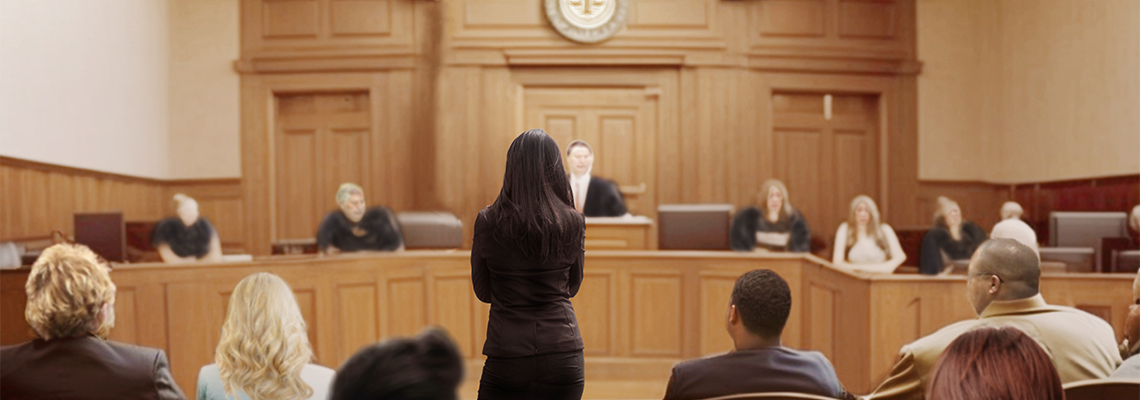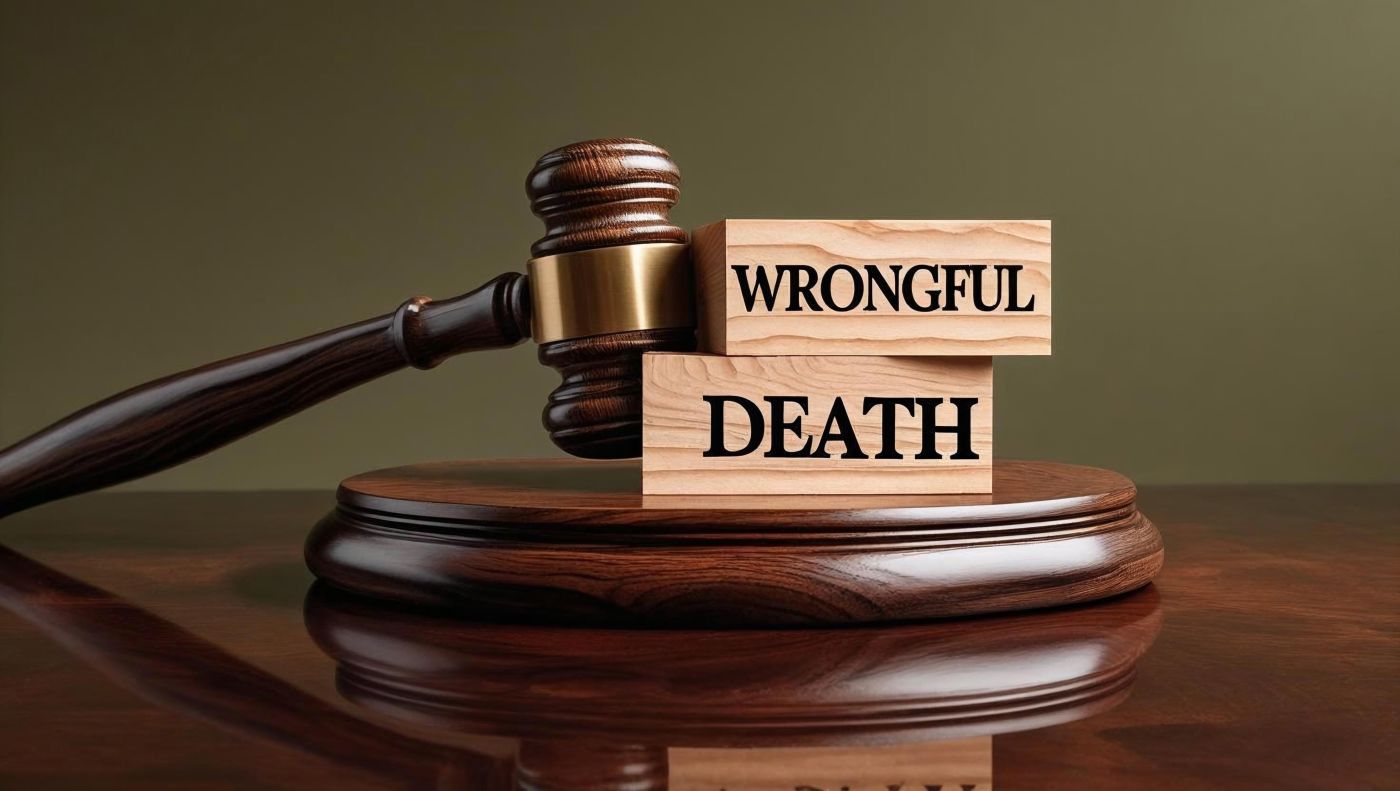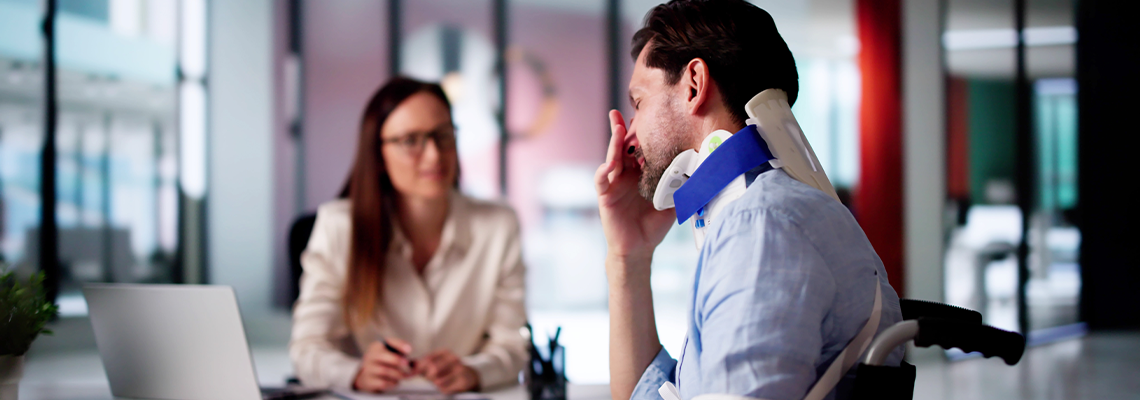
At Preston Day Law, PLLC in Alpine, Utah, we often speak with individuals who feel apprehensive about the prospect of going to trial after being charged with a crime in Utah. No matter the charges—whether misdemeanors or felonies—criminal trials can be lengthy, formal processes.
Many people facing charges worry about unfamiliar courtroom rules, how evidence is presented, or the role of each participant. Our goal is to clarify these elements, so you can have a better sense of what to expect if your case moves to trial rather than ending in a plea agreement.
By walking through each stage, we hope to provide a clearer picture of what a criminal defense trial in Utah typically looks like, from jury selection all the way to the verdict.
The Decision to Go to Trial
Not every criminal case ends up before a jury. Many are resolved through plea agreements or dismissals if the evidence doesn’t appear sufficient. Still, if the prosecution insists on pursuing charges, and the defense believes a trial offers the best opportunity for an acquittal or more favorable outcome, a jury or bench trial may proceed.
This decision often involves weighing the evidence’s strength, the potential sentence if convicted, and the possibility of negotiating a lesser charge. Sometimes, a defendant feels strongly about proving innocence in court, or the prosecution refuses to offer acceptable concessions.
When a client asks what to expect if we go forward to trial, we emphasize that this path generally unfolds over multiple phases, starting with jury selection. Each step requires preparation and adherence to strict court procedures.
While the path might feel lengthy, thorough knowledge of each phase can calm some anxieties and help you prepare to participate confidently in your defense.
Jury Selection (Voir Dire)
Once both sides prepare for trial, jury selection begins. This process, known as voir dire, involves selecting impartial jurors from a large pool of county residents. The court typically summons them, and attorneys or the judge questions them about their backgrounds, biases, and connections to the case’s subject matter. Some important considerations might include:
Potential bias: Does a prospective juror have strong views on crime or policing that make them unable to be fair?
Personal or family experiences: If a potential juror’s relative was a victim of a similar crime, they might not view evidence objectively.
Legal or professional ties: Attorneys and law enforcement professionals might have knowledge that shapes their perspective too strongly.
During voir dire, the prosecution and defense can challenge potential jurors for cause if specific biases are evident, or they can use a limited number of “peremptory challenges” to remove jurors without stating a reason (though these can’t be used to exclude based on race or other protected categories).
The goal is to seat an impartial jury that will decide the case based on facts presented in court.
Opening Statements
Once the jury is seated and sworn in, the trial formally commences with opening statements, a critical part of criminal defense. Though not evidence, these statements give each side the chance to outline what evidence and testimony they intend to present.
The prosecutor typically goes first, describing the charges, summarizing the allegations, and giving the jury a sense of the expected evidence. The defense then offers its viewpoint, highlighting doubts about the government’s claims or introducing a theory of innocence.
If you’re watching your own trial, you’ll likely notice that opening statements aren’t a place for argument or conclusion, but a roadmap. Yet, these statements can still set a tone. A persuasive opening from the defense might emphasize the presumption of innocence or the prosecution’s burden of proof.
Meanwhile, prosecutors often cite key facts they say will show guilt beyond a reasonable doubt. From the first words, your attorney aims to shape how jurors interpret what they’ll see and hear.
Prosecution’s Case
In a Utah criminal trial, the government carries the burden to prove each element of the charge beyond a reasonable doubt.
They begin by calling witnesses—perhaps law enforcement officers, forensic professionals, or alleged victims—and introducing physical or documentary evidence. Each witness is questioned by the prosecutor and then cross-examined by the defense. This phase often includes:
Eyewitness or victim testimony: The individuals who observed the alleged offense might recount the event.
Physical evidence: Weapons, photos, or other items that the state argues link you to the crime scene.
Professional analysis: Specialists might discuss DNA findings, ballistics, or other forensic details.
Because the prosecution must lay out a cohesive narrative, their witnesses typically appear in logical order. The defense may challenge their credibility, highlight inconsistencies, or argue that the evidence leaves a gap in the prosecution’s story. If the prosecution fails to meet its burden by this stage, the defense can move for a directed verdict of not guilty.
Defense’s Case
After the state “rests,” the defense can present its own evidence and witnesses. While the defense has no obligation to prove anything—the defendant is presumed innocent—the chance to give an alternative or exculpatory account can resonate with the jury. The defense might:
Refute or undermine the prosecution’s story: By showing contradictory evidence that reveals a plausible reason for the defendant’s innocence.
Establish an alibi: If evidence shows the defendant was elsewhere when the alleged crime occurred, that can negate guilt.
Present character witnesses: Sometimes, people close to the defendant can describe personality traits or habits inconsistent with committing the alleged offense.
The defendant also has the right to remain silent and isn’t required to testify. If a defendant does choose to take the stand, the prosecutor can cross-examine them, which can be tense.
Each client’s decision on whether to testify involves discussing possible benefits and risks with their lawyer, including how jurors might perceive their testimony. After presenting defense witnesses, the defense “rests” too.
Rebuttal and Closing Arguments
Once both sides finish presenting witnesses, the prosecutor can offer a “rebuttal” if new issues arise during the defense’s presentation. This is often brief and aims to clarify or challenge any conflicting evidence.
Then, the trial moves into closing arguments, where each side synthesizes the evidence, reminding the jury of key facts and explaining how those facts support guilt or innocence.
Typically, the prosecutor goes first, summarizing why the evidence meets the standard of guilt beyond a reasonable doubt. The criminal defense lawyer follows, highlighting doubt or alternate explanations.
Finally, the prosecutor may make a short rebuttal to the defense’s points. These arguments matter greatly because they provide a narrative structure that helps jurors understand each side’s perspective.
Jury Instructions and Deliberation
Before the jury deliberates, the judge provides instructions about the relevant statutes and legal definitions, such as the elements of each charge and the meaning of “reasonable doubt.” Jurors must follow these instructions carefully.
Each attorney usually collaborates with the judge behind the scenes to finalize the wording of these instructions, sometimes arguing that certain instructions are or aren’t warranted based on the evidence.
Jurors then head to a private room to discuss what they heard. They will examine exhibits, recall witness testimony, and apply the judge’s legal instructions. If the jury can’t reach a unanimous decision, a “hung jury” might occur, possibly leading to a mistrial.
But when they do agree, they return to announce the verdict in court. If the verdict is not guilty, the defendant is free to leave. If guilty, the process moves to sentencing, though sentencing might happen at a separate hearing.
Potential Sentencing Outcomes
A conviction can lead to various penalties: fines, probation, community service, or incarceration. The precise punishment depends on the severity of the offense, the defendant’s prior record, and any mitigating or aggravating factors.
For instance, a minor theft might carry a sentence of probation or short jail time, while a serious felony could result in lengthy imprisonment.
Sometimes, the defense can present character witnesses or documentation of the defendant’s positive attributes to argue for reduced penalties. The judge weighs these arguments, plus any victim impact statements, before deciding on the final sentence.
The Appeals Process
If convicted, you may still have the right to appeal if you believe errors occurred during the trial, such as improper admission of evidence or incorrect jury instructions. Appeals focus on legal, not factual, issues—meaning you generally can’t re-argue the facts. An appellate court will examine whether the judge conducted the trial fairly according to the law.
A successful appeal could result in a new trial or, in rare cases, a reversal of the verdict. However, appeals often take time and require meticulous legal briefings. Not all verdicts are overturned, but if serious procedural mistakes took place, it’s a path to consider with your criminal defense attorneys.
Contact Us
At Preston Day Law, PLLC, we hope this overview clarifies how a criminal defense trial proceeds in Utah, from voir dire to potential appeals. Reach out to our firm today if you’re looking for an experienced criminal defense lawyer in Utah County or Salt Lake County.


